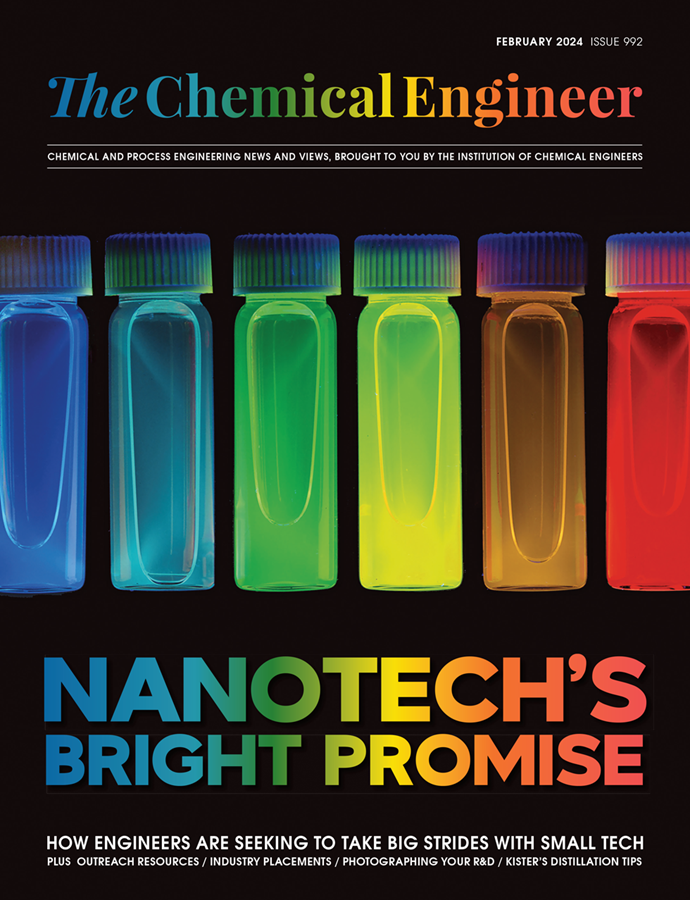Synthetic biology touted for specialty chemicals production
SYNTHETIC biology will develop over the next decade from creating niche, environmentally friendly products to creating new molecules not achievable with current technology, says Lux Research in its new report Strategy for Synbio Success. Additionally, it notes that specialty chemicals could benefit from the technology now.
Synthetic biology, or synbio, is a multidisciplinary research area which seeks to modify naturally occurring biological components and systems. In practice, it can be employed to synthesise industrial enzymes that offer higher activity, selectivity, and yields, compared to traditional petrochemical synthesis. It has emerged as an alternative to traditional synthesis in areas such as chemicals, agrifood, beauty and personal care, and consumer products.
Lux Research recommends synthetic biology for creating specialty chemicals. It says the technology is suited to producing novel and niche products but less suited to commodity chemicals due to scaling and market development challenges.
Currently synthetic biology works well for producing naturally occurring products. Microorganisms are typically best at converting carbon sources to carbon-containing products. Feedstocks such as crude oil pose a challenge as they are not readily metabolised by microorganisms. Additionally, it is currently challenging to produce non-naturally occurring chemicals that require extensive genetic modifications to create, or inorganic compounds that cannot be made from carbon-containing feedstock.
Gihan Hewage, Analyst at Lux, explained that though the ability to develop microbes that can create any chemical on demand is decades away, “use cases where synbio capabilities are effective pose strong opportunities today”.
Companies involved in agrifood, beauty and personal care, chemicals, and consumer products which switch to synthetic biology could gain marketing and environmental benefits, . In terms of marketing, producers could refer to products as “natural” or “bio-based”, which may be attractive to consumers. Additionally, compared to existing production routes, synthetic biology offers reduced environmental impacts, especially with regards to carbon footprints.
These environmental benefits extend to more traditional chemicals too. Using biomass for chemical production can reduce CO2 emissions and help encourage adoption in an industry that is under pressure to reduce its environmental footprint. Petrochemical company Braskem says that its bio-based polypropylene has a negative carbon footprint, removing 3.09 t of CO2 from the atmosphere for every ton of polyethylene produced.
Specialty chemicals which are produced in relatively small volumes could also benefit from cost reductions. Chemical manufacturing company Genomica refers to the cost-effectiveness of its bioprocesses, for products such as 1,4-butanediol (used to manufacture plastics, elastic fibres, and polyurethanes production), and caprolactam (primarily used in nylon 6 filament, fibre, and plastics).
Additionally, according to Lux, there are opportunities to produce novel chemicals such as succinic acid and furandicarboxylic acid using synthetic biology. It adds that novel chemicals are best targeted for specialty applications as challenges with scale and market development have led to failures for those looking to target commodity chemicals using microorganisms and fermentation.
Furthermore, synthetic biology can enable flexible production. For example, Synthetic biology company Conagen recently announced in October that it had developed proprietary technology to create more than 20 lactones, which have flavour and fragrance applications.
Gihan Hewage said: “Companies with products in the ideation and early development stages will differentiate most from flexible production and the ability to create novel products, whereas products in later stages of development can leverage the environmental and marketing benefits of the technology.”
Recent Editions
Catch up on the latest news, views and jobs from The Chemical Engineer. Below are the four latest issues. View a wider selection of the archive from within the Magazine section of this site.




